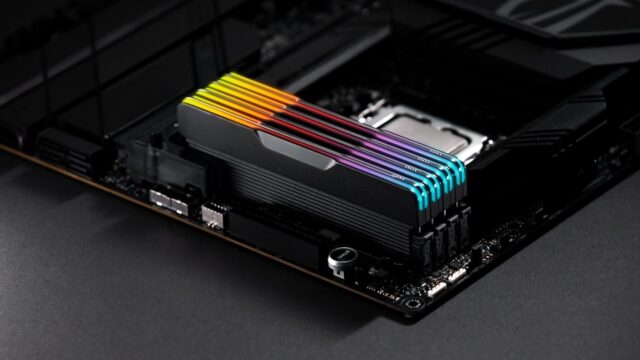The BYD energy storage system has just set a new benchmark in large-scale battery tech. With 14.5 MWh in a single unit, it more than doubles the Tesla Megapack 3’s capacity, rewriting the playbook for high-efficiency ESS design.
BYD energy storage system leads with raw volume and density

Named HaoHan, the system fits 10 MWh of capacity into a standard 20-foot container, beating CATL’s Tener unit and shrinking project costs by 22%. Tesla’s Megapack 3, by contrast, maxes out at 5 MWh in the same footprint.
This bump in capacity comes from a new 2,710 Ah blade battery, now the world’s largest energy storage cell. BYD hits a volumetric density of 233 kWh per cubic meter, over 50% higher than industry norms.
What makes the BYD energy storage system so efficient?
The HaoHan system improves every aspect of ESS design by:
- Reducing the required land by one-third
- Using 76% fewer battery cells
- Improving cell-to-system efficiency to 52%
- Doubling the energy per unit
- Lasting over 10,000 charge cycles
The result? A lifetime energy storage cost of just $0.014 per kWh, the lowest on record.
Smart power control in real time
This isn’t just about battery capacity. BYD’s custom software and converter tech let the system adjust power output at millisecond intervals. That makes the HaoHan ESS ideal for grid balancing, especially where solar and wind inputs fluctuate.
Saudi Arabia will get the first mega-scale deployment
BYD plans to use the HaoHan system in Saudi Arabia for the world’s largest grid-level battery project: a 12.5 GWh deployment. That scale would’ve required twice the units and land using previous tech.
BYD energy storage system sets a new global standard
By slashing costs and space requirements, the BYD energy storage system doesn’t just beat its rivals, it redefines what’s possible in large-scale energy storage. The grid won’t know what hit it.














